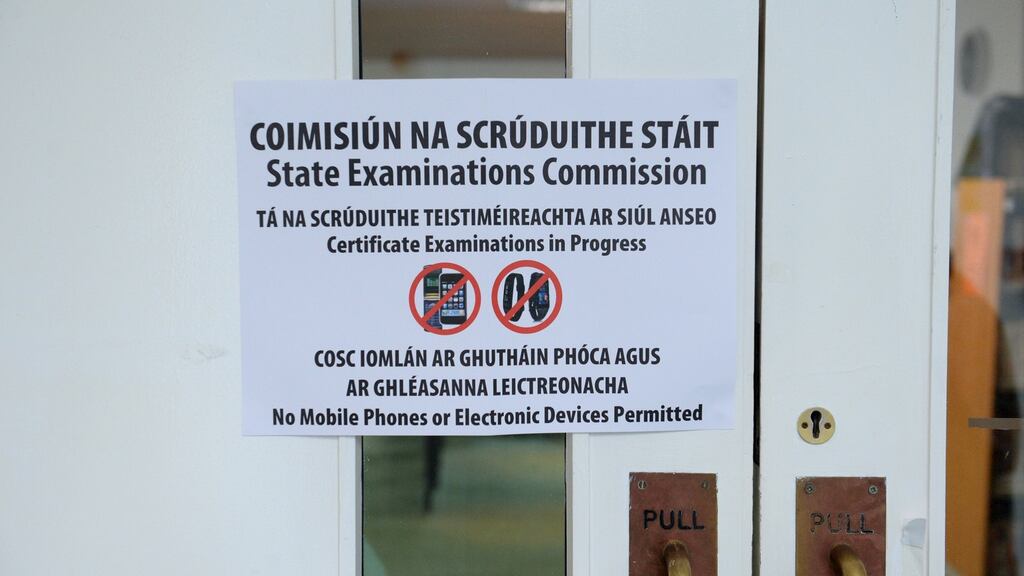The Leaving Cert music exams were “very nice” and offered plenty of time and choice, though some sections of the composing paper may have challenged candidates, according to teachers.
Bríd Kearney, a music teacher at Kinsale Community School and ASTI subject representative, said students will have been happy overall with the higher level listening and composing sections.
“The exam was very fair and student-friendly,” she said. “There was good choice this year and some students had time to take on extra questions.”
Listening paper
Dr Susan McCormick, music teacher at Dublin’s Institute of Education, said the listening paper was “lovely”.
Due to changes to the exam this year, an extra option was added to the Irish music essay.
“Overall this was a lovely listening paper,” Dr McCormick said. “Students were provided with more excerpts in questions 1 and 3 than is typical, and fewer questions per excerpt allowed students more time to focus.”
She said the questions were very general, with a large majority asking students to identify features. This gave students more options for their answers.
“The dictation questions had stand-alone excerpts, allowing the students to really have time to focus on the dictation,” Dr McCormick said.
Ms Kearney also said the fact that the excerpts were general rather than specific may have suited most students.
“Mine were very happy. Even if students heard a piece for the the first time, they were able to pick out the answers,”she said.
The Irish music question - question 5 - was “very uplifting”, she said, and featured a reel which went into jig, along with sean-nós singing and a piece which fused contemporary and traditional music.
The aural question also had an Irish flavour with Phil Lynott’s Old Town making an appearance.
Composing paper
Due to changes this year, students were only required to complete one question - either a melody or a harmony question. Normally they must answer one melody and one harmony question.
Dr McCormick said the majority of students would have attempted question 1 or question 5.
“Question 1 was a tricky opening. The new layout of this question may also have proved challenging for some students. It was a major upbeat melody in 3 / 4 time. Bar 1 was not based on a tonic chord which was also very unusual,” she said.
Ms Kearney agreed that the upbeat in question 1 may have challenged some candidates.
“Apart from that, however, it was quite straightforward,” she said.
Dr McCormick said question 5, which was in minor key, had a very nice bass line, with no passing tones. Students would be pleased to see a chordal rather than melodic style bass here.
“Most of the chords and progressions were very straightforward, however bars 6-7 proved tricky, requiring students to think outside the box in order to create strong chord progressions.”













